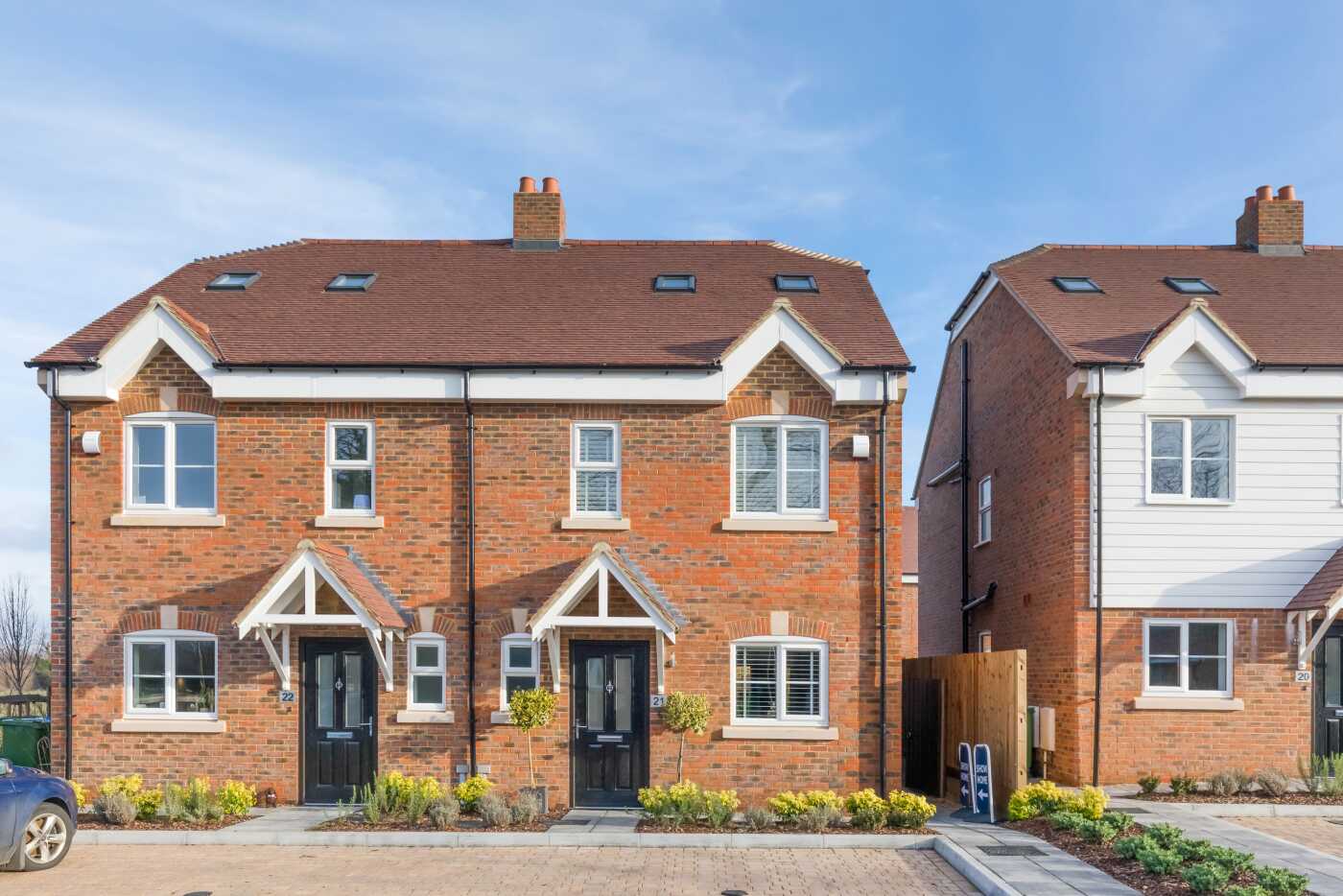What will the end of Stamp Duty Holiday mean for the property market?
When Covid-19 and Lockdown took a firm grip in early 2020, economies around the world were affected as people took a collective gasp and pulled back on spending (apart from toilet roll!) in fear of the unknown impact it would have on finances and livelihoods.

The UK Government put in place several measures to combat the effects of the pandemic, including the furlough scheme, which saw the government pay 80% (up to £2,500) of employees’ wages if they had been impacted by coronavirus.
Another scheme the Government introduced was the Stamp Duty Holiday. The incentive was designed to stimulate the housing market, which was feared to be severely at risk of the pandemic and in turn result in a property crash.
The Stamp Duty Holiday meant that between July 2020 and June 2021, there was no SDLT to pay on properties up to £500,000. This meant that home buyers could save up to £15,000, or £30,000, if they were purchasing an additional property.
What was the impact of the Stamp Duty Holiday?
As with most Government incentives, The Stamp Duty Holiday was designed to stimulate the property market, but given the nature of what the country was facing, the incentive was merely hoped it would stabilise the property market.
Instead, what resulted was a property boom with record soaring house prices. In June 2021, house prices hit a new record high, with the average house costing £266,000.
The Stamp Duty Holiday officially comes to an end on 30 September 2021, as the tapering off period will see SDLT return to its pre-Covid rates.
How will this impact the property market?
There is a fear that the end of the Stamp Duty Holiday will result in what it was brought in to prevent… a property crash.
Record numbers raced to beat the Stamp Duty deadline in a classic case of FOMO (fear of missing out). With so many properties changing hands, a dip in the housing market is possible.
However, the rising house prices during the Stamp Duty Holiday begs the question: Did anybody save any money?
The Stamp Duty Holiday created a surge of people buying their next home, according to HMRC, which quickly pushed up house prices. Those selling their homes were faced with increased demand from buyers and could therefore command more for their property by pointing to the fact that buyers were saving on Stamp Duty.
As a result, despite the illusion that buyers during the Stamp Duty Holiday were saving money, in many cases, they ended up paying more.
There’s even evidence that the Stamp Duty Holiday was completely unnecessary. Various polls and reports have revealed that the primary reason for moving was because more people were spending more time at home due to Lockdown, be that furlough or working from home, and therefore needed more space, regardless of any incentives on offer.
One report by the think tank, The Resolution Foundation, described the tax holiday as “wasteful” and resulted in HMRC losing out on £4.4bn in taxes.
The Resolution Foundation has predicted that prices will keep rising because of pandemic-related factors like low interest rates and changing home preferences.
And this a very good point. The pandemic has made businesses and people realise that they don’t need to work in an office 9 to 5. Faster internet speeds, video calls among other developing technologies is changing the way people work and the coronavirus has only helped speed up this transition to a more flexible way of working.
Only the future will tell, but the end of the Stamp Duty Holiday might only have a short-term impact on the housing market, if any impact at all.
